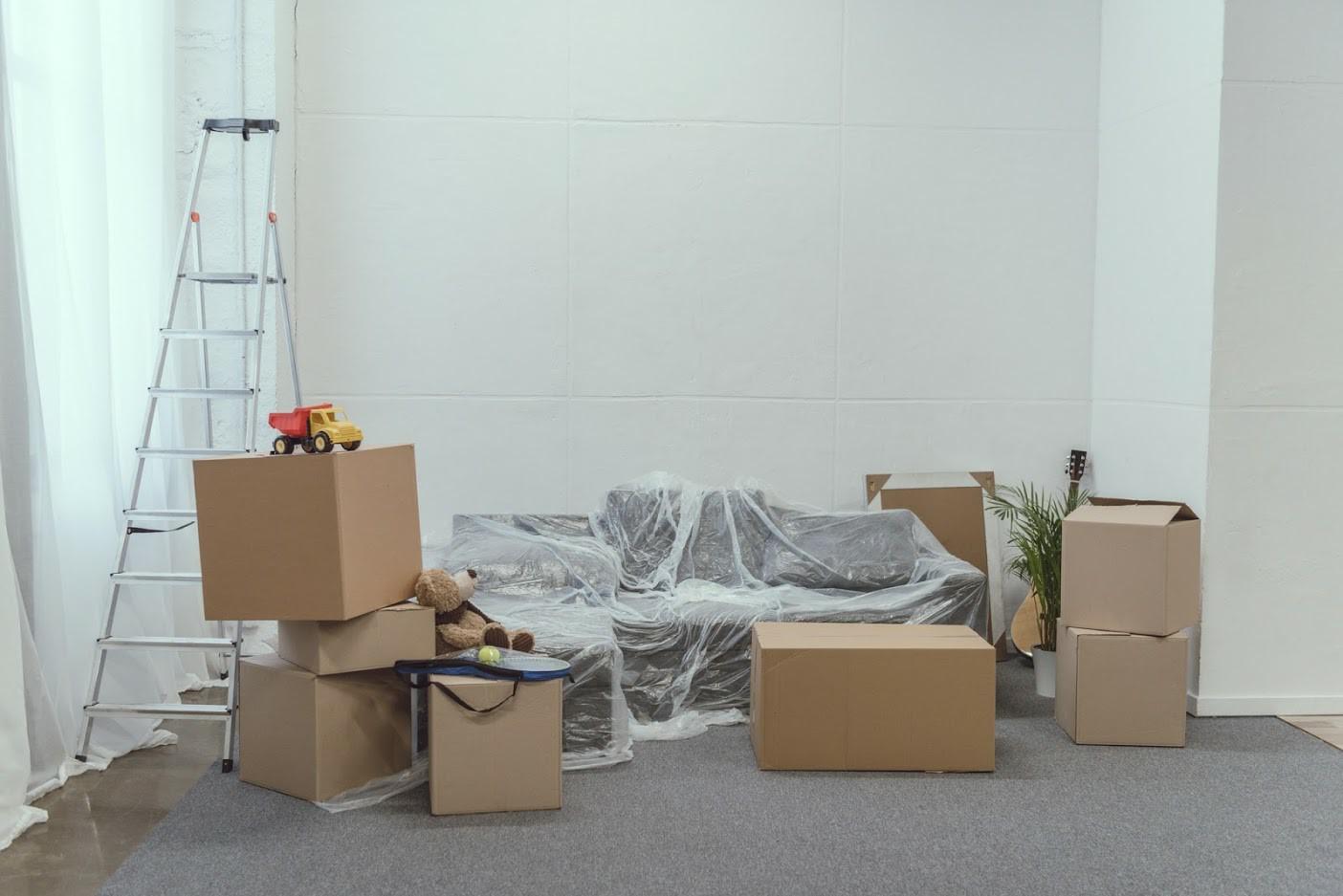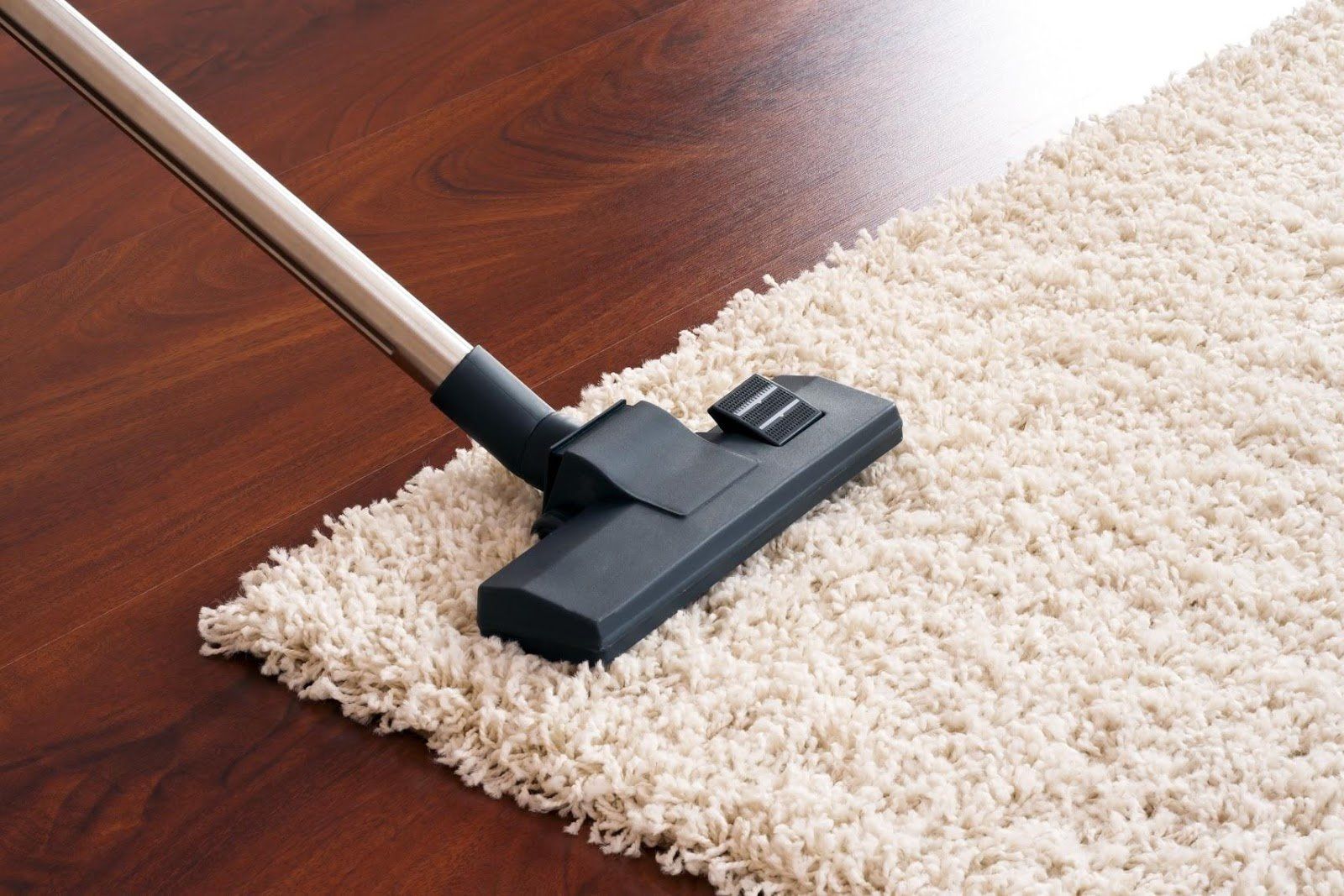What Should You Pack at the Beginning, Middle, and End of Your Move?
November 1, 2019

You have an entire house to pack for your move. Where should you start, what should you pack in the middle, and what will you need to save for last? If you're not sure how to set a packing schedule, take a look at what you need to pack in advance and what can wait.
What Should You Pack First?
You can start the packing process as soon as you pick a moving day and hire a company to help. Now that you have a specific target date, take a trip around your home — both inside and outside — and create an inventory. Include the belongings you plan to take with you.
Anything you plan to donate, sell, recycle, or throw away can go on a separate list. Don't worry about these items right now. Instead, only focus on the to-move picks that you won't use immediately or in the near future.
Start with items you use in other or opposite seasons. This may mean you pack your Easter wreath in the fall or your Christmas décor and winter coats in the summer. After you pack off-season items, move on to extras. Surplus items, such as your secondary stock of linens or the bulk buys from the warehouse club, are perfect picks to pack early.
Along with indoor off-season items, you can pack the outdoor ones now too. This may include patio furniture and gardening equipment for a fall or winter move or your snow shovel and salt container for a summer or spring move.
What Should You Pack Next?
After you pack off-season items and surplus, move on to mid-packing picks. If you have months until your move, wait until a few weeks out to pack these items.
Middle packing items can include anything you don't use daily or aren't essential. In most cases, you can safely pack decorative accents, such as artwork, family photos, and knick-knacks. Homeowners who still haven't sold their home may want to pack these items earlier on in the process. A décor-free home creates a blank slate for potential buyers to imagine their own belongings in.
You can also pack fine china, servings pieces, some glassware (such as champagne flutes), and some of your dining linens — unless you have a moving out dinner or other similar event at home planned sometime in the next few weeks.
As you get closer to the move date, start to slowly pack kitchen items you aren't likely to use (such as pie pans or cookie sheets), books, some of your clothing, jewelry, some games and toys (if you have children), office supplies, and items in rooms you don't regularly use.
Homeowners who won't use outdoor furniture, gardening or yard equipment, and outdoor children's toys or play structures can begin to pack these items now. If you need to mow the grass, rake the leaves, or trim the hedges before you move, finish these outdoor maintenance activities a week before your move date. This gives you time to pack gas-powered, sharp, delicate, and other similar outdoor items.
What Should You Save for Last?
In the week before your move, pack the rest of your kitchen, dining room, bedroom, laundry, and children's room or playroom items. Leave essentials, such as a clean towel, a change of clothes, your personal hygiene products (toothbrush, soap, and shampoo), your child's favorite toy, and one dish, cup, bowl, and utensil out for now.
Pack the essential items in an overnight bag. These won't need to go with the other boxes, bins, and bags in the moving truck. The same goes for sensitive documents, checkbooks, and credit cards.
Save furniture for last. Disassemble what you can, and wrap the rest in moving quilts the day before the movers arrive.
Do you need help with your move? Contact O'Sullivan Moving & Storage Co. for more information.


















